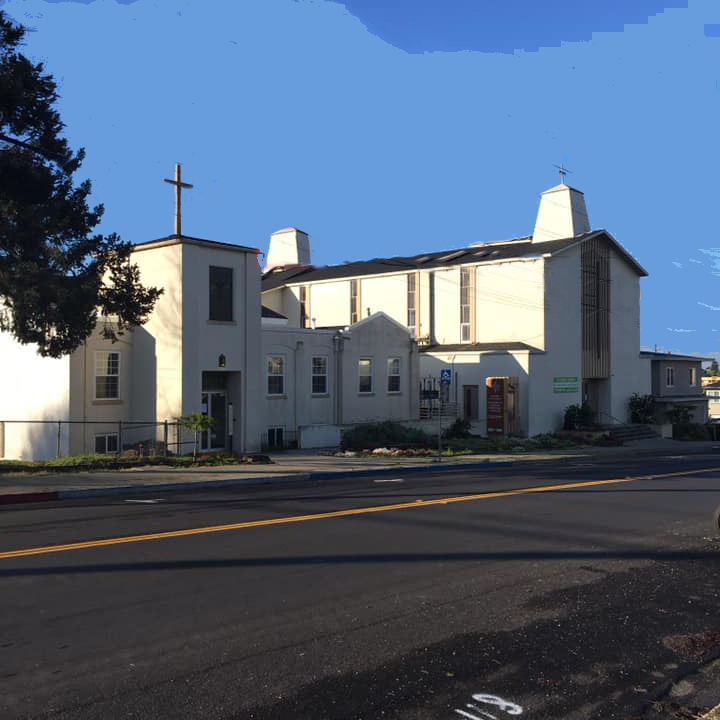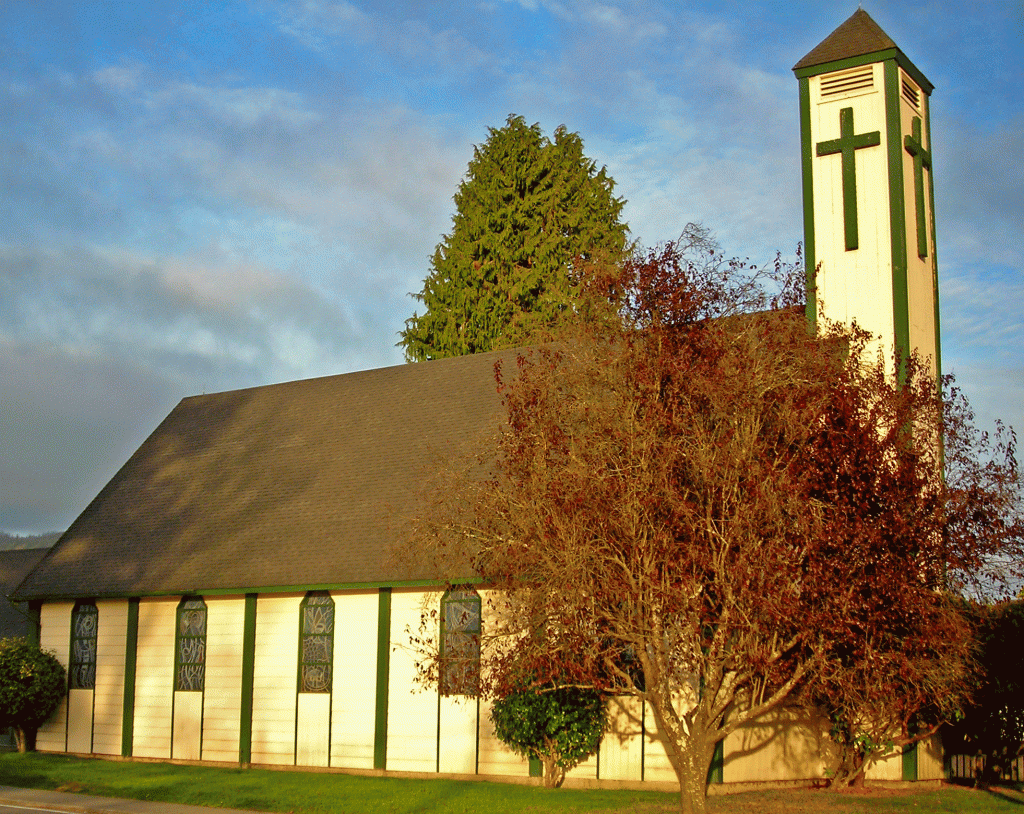Becoming a Better “Methodist”

Introduction
Anyone who knows me or has been reading my blog for any time knows that I am a Methodist PK. And if you don’t know what a PK is, my Father was a preacher. I am a Preacher’s Kid. And as I wrote a few days ago, I am currently working my way through Jeff Lerner’s Awesome Life Challenge. The lesson I worked on yesterday dealt with creating your perfect day. Lerner used three terms that spoke immediately to my Methodist roots. (The photo above shows the church where my Father was pastor during my Junior High and High School Years., At the time, it was the Community Methodist Church in El Cerrito, California.)
The three terms that jumped out at me are 1) Discipline; 2) Striving; and 3) Perfection. I will deal with each term separately.
DISCIPLINE
The rule book that governs today’s United Methodist Church is called The Book of Discipline. The Church revises and publishes this book every four years as the Church is a living body, and the rules that govern the Church are also living and evolving. The word “discipline” has as its root “Disciple.” The Oxford Dictionary I keep on my desk says “disciple” means “a follower or pupil of a leader, teacher, philosophy, etc.” A secondary meaning is “any early believer in Christ, esp. one of the twelve Apostles.” As for “discipline,” the same dictionary gives meanings for both the noun and the verb. The first definition for the noun is “control or order exercised over people or animals.” The second seems more likely what both the Church and Lerner have in mind. “The system of rules used to maintain this control.”
Lerner’s ENTRE Institute teaches prospective Entrepreneurs how to improve their physical, personal and professional lives. The program has a set of basic personal values, one of which states “We take daily disciplined action.” Lerner teaches that Discipline equals Freedom. That is freedom from worry, from anxiety, from stress. When we plan our perfect day, we lay out a framework to follow each and every day.
My own Discpline
Putting together my daily schedule, I felt that with such a schedule in place, I never had to worry about what I would do at any given time. That is, I know that from the time I get up till 6 a.m., I will be studying. From 6 to 7, I will be fixing a healthy breakfast and preparing for my day. And so on. Having such a set schedule allows me to plan out all the things I want to accomplish, knowing that I will actually get something done.
Wesley did something similar. He knew just when he would spend time praying, studying, reading the Bible, visiting prisoners. He was so methodical in his schedule that his detractors called him a Methodist. The name stuck.

STRIVING
Both Jeff Lerner and John Wesley describe life as a process. Neither see/saw it as a one-time revelation which causes a permanent change. Rather both talk about moving forward, one-step-at-a-time, with an ultimate goal in mind. Lerner’s “daily disciplined action” is a form of striving–creating incremental changes that lead to the goal of living an awesome life. For Wesley, of course, the goal was becoming fully Christian, as Wesley understood Christianity.
Myself, I find that life is often a back and forth, or perhaps a forth and back. I take a step or two forward, then fall back. But ultimately, I get back up and take the next step. This is the way I strive to build an awesome life, as well as a life worth living. The best lesson I can teach is never give up. No matter how rough the road, just take one more step. Then one more after that. Don’t beat yourself up if it becomes too hard. Tomorrow it will be easier.
Personal Example
Yesterday, I set out to walk for one hour. I haven’t walked consistently in quite some time. It doesn’t help that we live on a fairly steep hill, and any track I follow will end up with me walking back up the steep paths to the house. Instead, I drove to the bottom of the driveway and set out walking from there. But even the roads nearby are steep. I turned on my fitness tracker which refused to work. As an alternative, I set the stopwatch on my phone and put it in my pocket.
When I got to my first measurement post, I pulled the phone out only to find that it hadn’t recorded a second of my walk. Fortunately, I knew when I started (2:00 p.m.) and my watch now read 2:15. I went on a ways, but quickly realized I would not be able to walk for an hour. Back at the car, I had walked for just over half an hour. There’s always tomorrow. Never give up.
PERFECTION

One of the beliefs that separates the Wesleyan tradition and Methodism from almost all other forms of Christianity is the doctrine of Sanctification. Wesley believed and taught that it was possible to become perfect in love while still living in this world. He was honest enough that on his deathbed, he admitted he had never achieved perfection. Nonetheless, he believed it to be possible. Different branches of Methodism (and there are more than a few) see Sanctification differently. Of course they do. In the United Methodist Church, the church I grew up in, Sanctification is seen as a goal. In the process of ordaining ministers, applicants are asked “Are you honestly striving for perfection.” They are not assumed to have arrived at that goal.
This is why Jeff Lerner’s comment struck me. He states in his lessons that we should be striving for perfection. He used the exact phrase the United Methodist Church uses. And like the Church, Lerner notes that we won’t get there immediately. We are striving toward a goal, and step by step, we get closer to that goal.
I hope that I am working toward Perfection myself. I don’t honestly expect to achieve it, but with everything I do, I get a little bit closer. Unfortunately, I’m still a long way away.
In conclusion
A note about the photos. The top photo is the church my Father served when I was in high school. Located in El Cerrito, California, it no longer serves a Methodist congregation. Like many main-stream Protestant churches, the membership has fallen to point where the people cannot afford to maintain the building.
The second photograph is the last church my Father served. It was while serving this church, the northwestern most congregation in California, that my Father had his cardiac arrests and ended up taking disability leave. This church saw both my parents buried. It is the last Methodist church I have ever entered.
The Jesuits say “Give me a child to the age of 12 and he will be mind forever.” I spent a lot more than 12 years in the Methodist church. I will be a Methodist to my dying day, even if I never pass through the doors of another Methodist church.
The bottom photo is the United Methodist Church in Plains, Montana–the small town where I now live. I have never been inside this church, but a part of me still feels as if it is my hometown church. Whether I ever do pass through those doors remains to be seen.
Pace!
![]()
